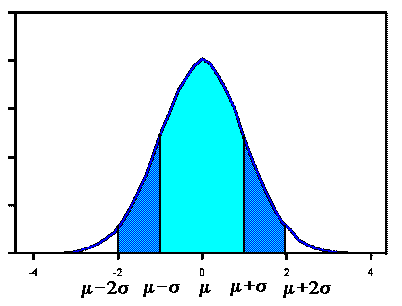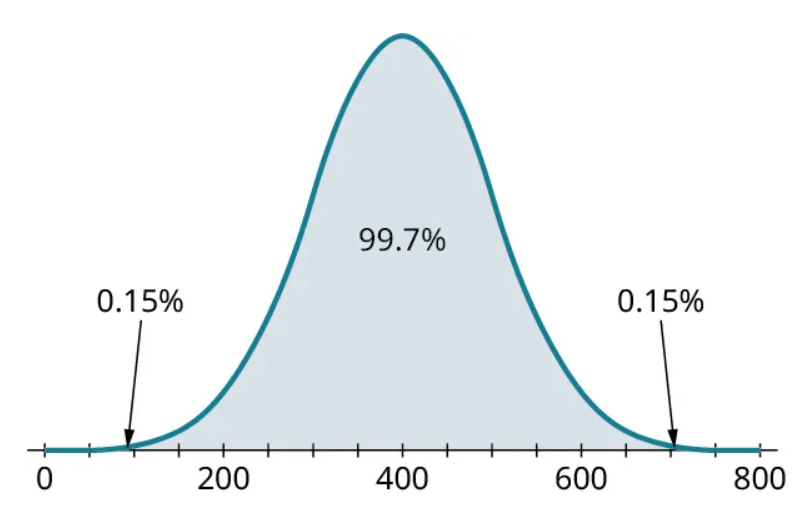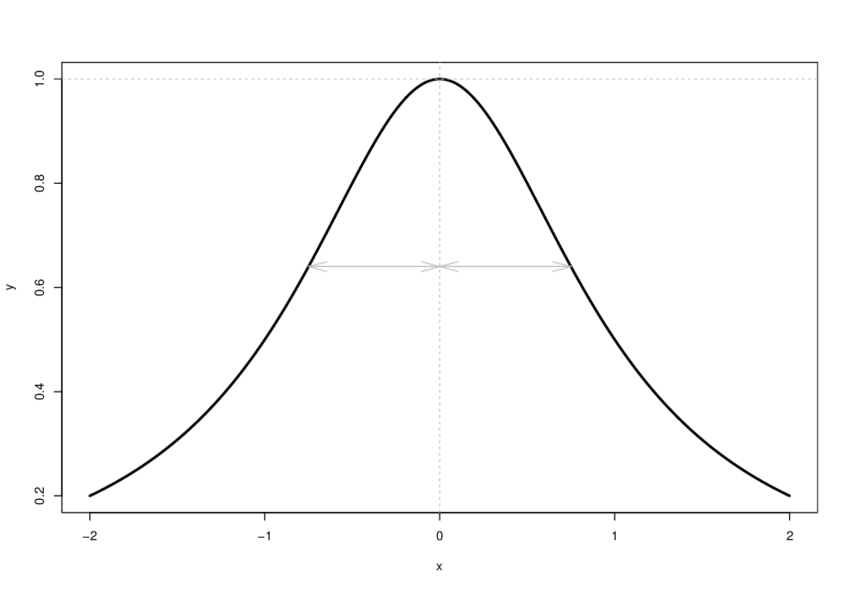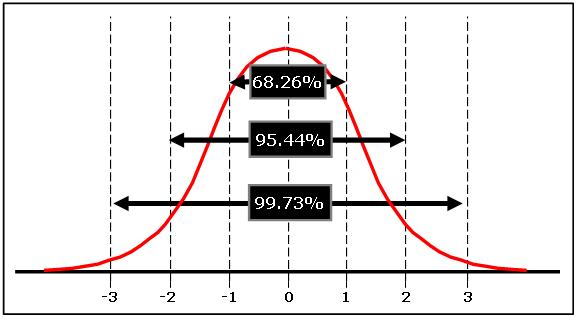Graphing the bell curve y=e^(-x^2), calculus tutorial
$ 18.00 · 4.6 (285) · In stock


How to Use the Empirical Rule: A Step-by-Step Guide

Which equation is represented by the graph below? On a coordinate plane, a curve approaches the y-axis in

d1yqpar94jqbqm.cloudfront.net/styles/media_full/s3

The Normal Distribution

Find the area bounded by the curve `y=e^(-x)` the X-axis and the Y-axis.
A Comprehensive Guide to the Normal Distribution, by Sachinsoni
The equation of a curve is [y = (x-3) / (x+2)]. The curve intersects the x - axis at the point P. The normal to the curve at P meets the y

8.6 The Normal Distribution – Finite Mathematics
Normal Distribution

Normal Distribution, Curve, Table & Examples - Lesson
Double integrals in polar coordinates (article)
What is the integration of e^ (-x^2) dx over the limit from 0 to 1? How do you solve it? - Quora

A symmetric bell curve from f (x) = 1 (1+x 2 ) , x ∈ [−2, 2]

